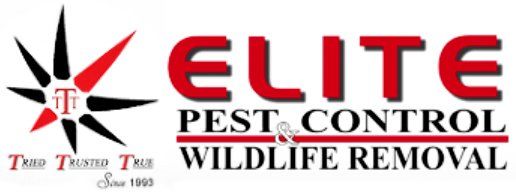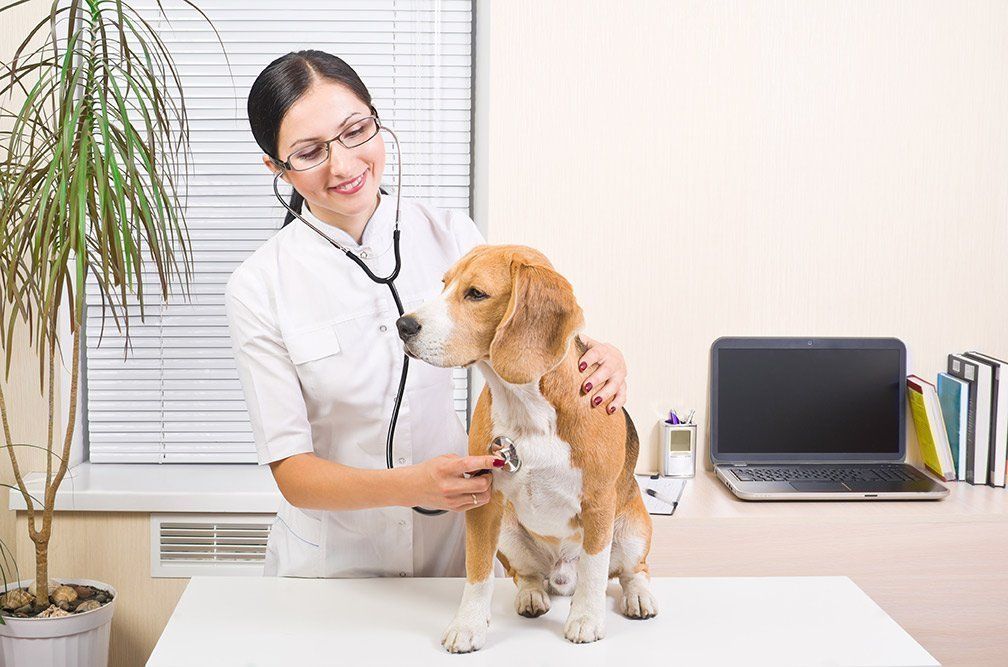Why Do I Need A Termite Clearance Letter?
The simple facts about Clearance Letters and the process to get one
What Is A WDO Clearance Letter?
A clearance letter is another name for a legal document called a “ Wood Destroying Organism Inspection Report “. The purpose of this document is to essentially declare that a home is currently free from wood destroying organisms such as termites, powder post beetles, and wood-decaying fungus. In order to receive a clearance letter the home must be inspected thoroughly by a licensed exterminator and the report will be filled out based on the findings of the inspection.
One thing to keep in mind when obtaining a clearance letter is the type of loan that you are applying for. If it is a standard loan it will usually be the form that is accepted by the state that the property is located, but if it is a VA loan you will need a form called an NPMA-33. The form must be provided with a graph depicting the structure and any notes that were made.
What Does The Inspection Process Look Like?
The inspection for a clearance letter will require full access to the entire structure. Here is a quick list of some of the things the inspector is searching for:
- Any signs of termite active
- Shelter tubes
- Visible termite damage
- Bubbling paint on sheetrock
- Wood that has been thinned out and usually contains dirt
- Bubbling paint on baseboards
- Exit holes for powder post beetles
- Visible wood destroying fungus
- Any conducive conditions for wood destroying organisms
- Moister in any areas such as crawl space, basement, or even around the foundation of the home
- Any wood that is part of the house and touching the soil
- Siding or stucco below grade
What Happens if Wood-Destroying Organisms Are Found?
If any active infestations are found during the inspection it will be documented on the inspection report along with recommendations on how to address the issue. You must be aware that for most lenders to accept a clearance letter it must be proven that any activity is treated and a new report be written to document it. This means you will need to have the activity treated in order for it to be accepted. This is also true for any activity that might not be active. If you know that you have had an issue in the past that was already treated it is usually best to use the company that treated it originally to obtain the clearance letter from. The reason for using the same company is due to the fact they already should have the documentation to prove that it was handled before the inspection and ensure that the process goes as smoothly as possible.



